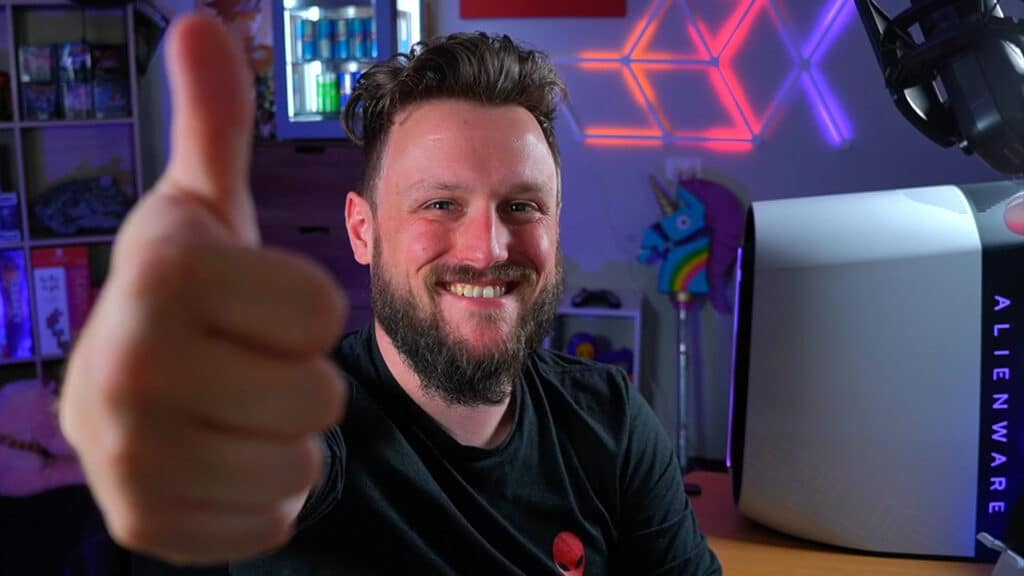Australian video games! I love them! They’re so good! Australians are very good at making games, everything from AAA through to indie, and everything in-between. And right now, Australian game makers are on fire with just some absolutely excellent examples.
But, throughout history, we have also released some absolute bangers and, as a result, the National Film and Screen Archive of Australia (NFSA) have announced they plan on collecting and preserving these fine specimens, an announcement which came at the opening of the new exhibition in Canberra, Game Masters, opening on the 27th of September (you can find more information on it in this handily previously written piece).
Jan Müller, CEO of the NSFA, was delighted about the announcement, having the following to say:
Today we welcome video games into our collection of more than 3 million items. The collection represents the cultural diversity and breadth of experience of all Australians, and it is constantly evolving just like our creative industries.We aim to be the national leader in collecting multimedia and new media content, and it would be impossible to accurately represent modern life without games. It is essential that games be collected alongside other audiovisual media, to ensure their continued preservation and access.
- The Hobbit (Beam Software, 1982)
- Halloween Harry (Interactive Binary Illusions / Sub Zero Software, 1985/1993)
- Shadowrun (Beam Software, 1993)
- L.A. Noire (Team Bondi, 2011)
- Submerged (Uppercut Games, 2015)
- Hollow Knight (Team Cherry, 2017)
- Florence (Mountains, 2018)
- Espire 1: VR Operative (Digital Lode, 2019)
That is one hell of a list, by the way. And it’s only a small selection of what is sure to be a growing collection.
Jan Müller went on to explain a little more behind the choices:
Our initial selection spans almost 40 years of gaming history. It provides an overview of the evolution of the medium, as well as an opportunity to identify the archival challenges in preserving the different technologies employed – both software and hardware.It has also allowed us to build relationships in this sector. Games creators have been excited by the concept and honoured to be among the first included, and the response from gaming professionals and peak bodies, Interactive Games and Entertainment Association (IGEA) and Games Developers’ Association of Australia (GDAA), has been incredibly encouraging. We look forward to working with them as we develop solutions for long-term preservation of their work, for the benefit of future generations.
It’s very exciting to see a national collecting institution acknowledging the increasingly important role of video games in the life of all Australians. Games are a major part of contemporary popular culture; an artistic, storytelling and technological achievement, as well as an industry that contributes hundreds of millions of dollars to the Australian economy. We look forward to working with the NFSA as they start adding games to their vast collection.




